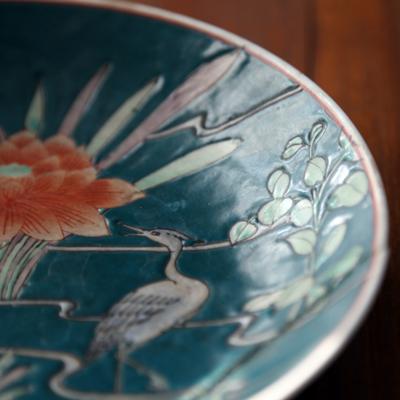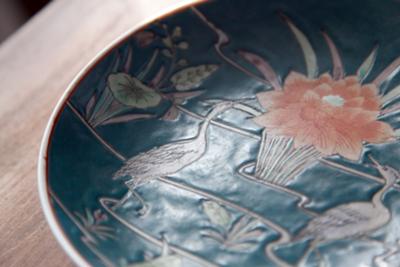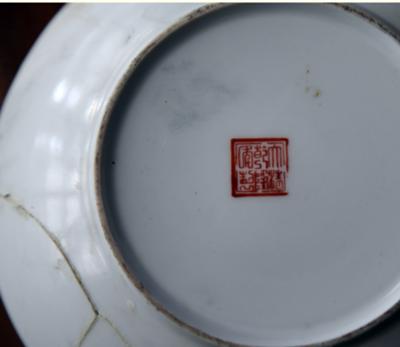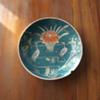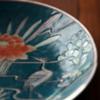Commenting is deactivated.
Please post all new topics and queries to the
Discussion Forum
Cloisonne-style Porcelain Plate
by Iylana
(Texas)
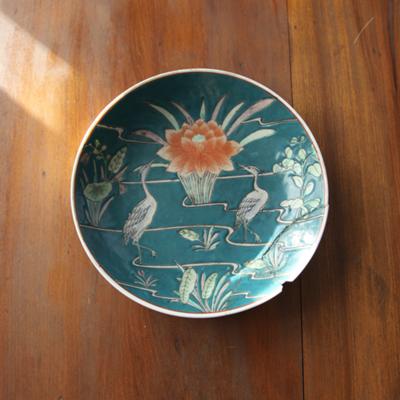
Hello, I recently purchased this plate. Even though it was broken, I thought the style of pottery was so interesting and beautiful that I decided to buy it anyway. I understand that it is a replica, it has a Qianlong dynasty rubber stamp on the bottom. But I would like to know more about this process. The only way I can describe it is that it reminds me of cloisonne, only there seems to be no metal involved. Only certain areas are glazed. If anyone knows any information, I'd be truly grateful for your input :) Thanks!
Comments for Cloisonne-style Porcelain Plate
|
||
|
||
|
||
|
||
|
||
search by keyword
